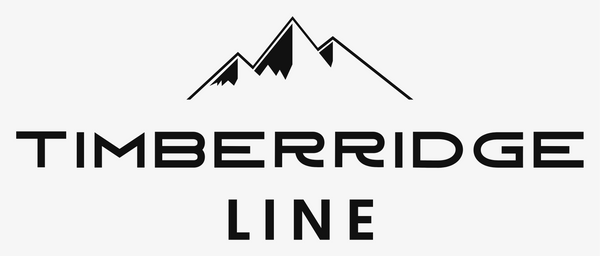One of the great things about resistance training in general (including weightlifting) is that you can get started with a minimal amount of gear and, therefore, investment. Get yourself some dumbbells, a barbell and a few plates and you are ready to go. Alternatively, you can forgo the investment all together and use the money for a membership (or per use fee) at your local gym.
If your training and interests progress beyond the general accessory exercises (e.g. curls, tricep extensions, situps/crunches, etc.) and you decide you really want to build strength and power you will end up dedicating more and more of your workouts to performing the elemental lifts that make up weightlifting.
Weightlifting, as opposed to Powerlifting (also a worthy endeavor), consists of two fundamental lifts: the Snatch and the Clean and Jerk. It is beyond the scope of this article to go into the highly technical aspects of these two lifts. However, there are movements that weightlifters perform in their own right as exercises that represent the constituent parts of the Snatch and the Clean and Jerk. A partial list is: bent barbell rows, high pulls (aka upright rows), pulls from the floor, overhead press (aka military press), deadlift, back barbell squats and, most importantly, front barbell squats.
As repetitions and/or weight increases you might find that there are a few essential accessories that will enhance your free weight experience and performance. The photograph immediately below contains my list:

#1 The Weightlifting Shoe: Many people who participate in weight lifting will not think about a speciality shoe designed just for weight lifting. However, an essential component of the Snatch and the Clean and Jerk is the squat. The lifter catches the barbell in the squat position and then stands to complete the lift. The weight lifting shoe assists in performing the lifts in two ways. First, its stiff sole and secure fasteners (laces and hook and loop straps) provide a solid foundation on which to support the weight being lifted. Secondly, its raised heel allows the lifter to go deeper in the squat while maintaining the proper center of gravity over the body to maintain balance under load. This is critically important because the lower one can go in the squat, the less distance the barbell has to be raised off the floor to perform a successful lift.
#2 The Weightlifting Belt: As the lifter prepares to move the weight it is critically important that they pressurize their core by taking in a breath and holding it. This act of pressurizing the core provides the structural support necessary to move heavy weights. The weightlifting belt reinforces this structural support and provides additional support for the lower back and abdomen.
#3 Athletic Tape (aka hook grip/thumb tape): In a previous blog, we discussed the importance of the hook grip in weight lifting and the associated protection afforded by, and reasons for using, athletic tape. In addition, athletic tape has many other uses in fitness activities (wrist protection, palm protection, knuckle protection, etc.) See the article here: https://timberridgeshop.com/blogs/news/why-hook-grip-tape
#4 Knee Sleeves or Wraps: To build full body strength and power it is essential that sufficient attention be given to the deadlift, the back barbell squat, pulls from the floor, and most importantly the front barbell squat. These movements all require tremendous force be exerted by the legs putting pressure on the knees. I am a life long lifter and have only recently adopted the use of knee sleeves. I am now sold on them. When lifting heavy they provide extra support to the knee joint. When lifting in cold conditions (we are a Vermont based company and the gym is in the barn) they provide the added benefit of keeping the joint warm.
So there you have our suggestions for a few accessories you might consider to enhance your lifting. Each item mentioned has many models and brands to choose from. Happy lifting!

